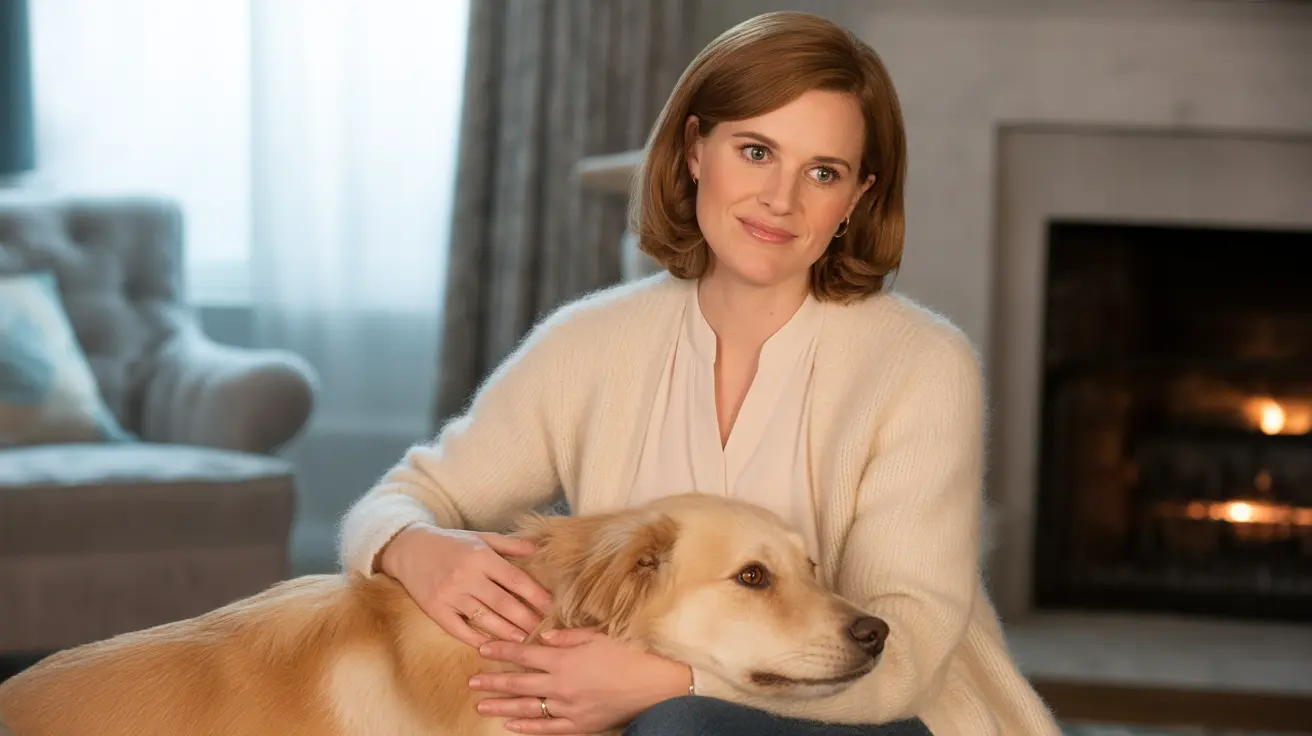Does Putting a Blanket Over a Dog Crate Help?
Crate training is a widely recommended method for providing dogs with a secure and comfortable personal space. One frequently asked question among pet owners beginning this process is: should you cover a dog crate with a blanket? The answer largely depends on your dog's individual preferences, the training stage, and the environment in which the crate is located. Covering a crate with a blanket can have several positive effects, which we will explore in detail.
Benefits of Covering a Dog Crate
Dogs are naturally inclined to seek enclosed spaces, similar to dens. Using a blanket to cover their crate can replicate this den-like feeling and provide several benefits:
- Reduces visual stimuli: A covered crate limits what your dog can see, reducing excitement, anxiety, or stress caused by distractions.
- Enhances a sense of security: Like a curtain on a window, covering the crate creates a private retreat, helping your dog feel protected.
- Improves sleep quality: A darker, quieter environment may promote more restful sleep, especially for puppies or dogs easily disturbed during the night.
- Helps with crate training: The cozy feel of a covered crate can encourage a dog to accept or even prefer their crate, making training smoother and more positive.
- Promotes calm behavior: Especially during stressful times like thunderstorms, fireworks, or unfamiliar environments, a covered crate can help soothe an anxious dog.
When Covering a Crate is Recommended
- At night: Darkness may help dogs settle down and sleep through the night more easily.
- During quiet times: For rest and nap periods, reducing stimulation helps dogs relax.
- During travel or relocation: A cover can ease the stress of unfamiliar surroundings.
- When dogs show signs of comfort: If your dog voluntarily spends time in the covered crate and seems calm, it’s likely helping.
Covering a Crate: Tips and Best Practices
While covering a crate can soothe many dogs, it is important to do it correctly for maximum benefit and safety:
- Use breathable materials only: Ensure the blanket allows proper ventilation to avoid overheating.
- Leave one side open initially: This helps your dog adjust slowly and prevents a feeling of being trapped.
- Monitor for signs of discomfort: Whining, scratching, or destructive behavior may indicate your dog doesn't like the cover.
- Keep the crate in a social area: Even with a cover, placing the crate in a living room or family space helps dogs associate it with positive interactions.
- Maintain crate comfort: Add soft bedding or a towel inside to make the space even cozier.
When Not to Cover a Crate
- Excessive anxiety or fear: Some dogs may feel confined or isolated in a covered crate. If signs of distress appear, remove the cover and reassess.
- Overheating risk: If the room is warm or there's limited airflow, using a non-breathable material may lead to overheating.
- Puppies prone to chewing: Ensure your dog cannot pull the blanket into the crate and chew or ingest it, as this may pose health risks.
- As a punishment tool: Never use crate covers to isolate as punishment. Always keep the crate a positive, welcoming space.
Crate Training Overview
A quick outline of effective crate training practices can support your use of covers:
- Start with open-door exploration and use treats or toys to create positive associations.
- Feed meals inside the crate to reinforce comfort and familiarity.
- Gradually increase crate time, starting with short sessions while you're nearby.
- Crate overnight or when leaving the home once your dog remains calm in the crate for 30 minutes or more.
- Maintain crate access for personal retreat even after training is complete.
Final Thoughts
Covering a dog crate with a blanket can offer a sense of safety, peace, and den-like warmth for many dogs. However, observing your dog's response is crucial. Use breathable materials, monitor reactions, and never use the crate negatively. When done correctly, this simple addition to crate training can improve your dog’s comfort and success with crate use.





